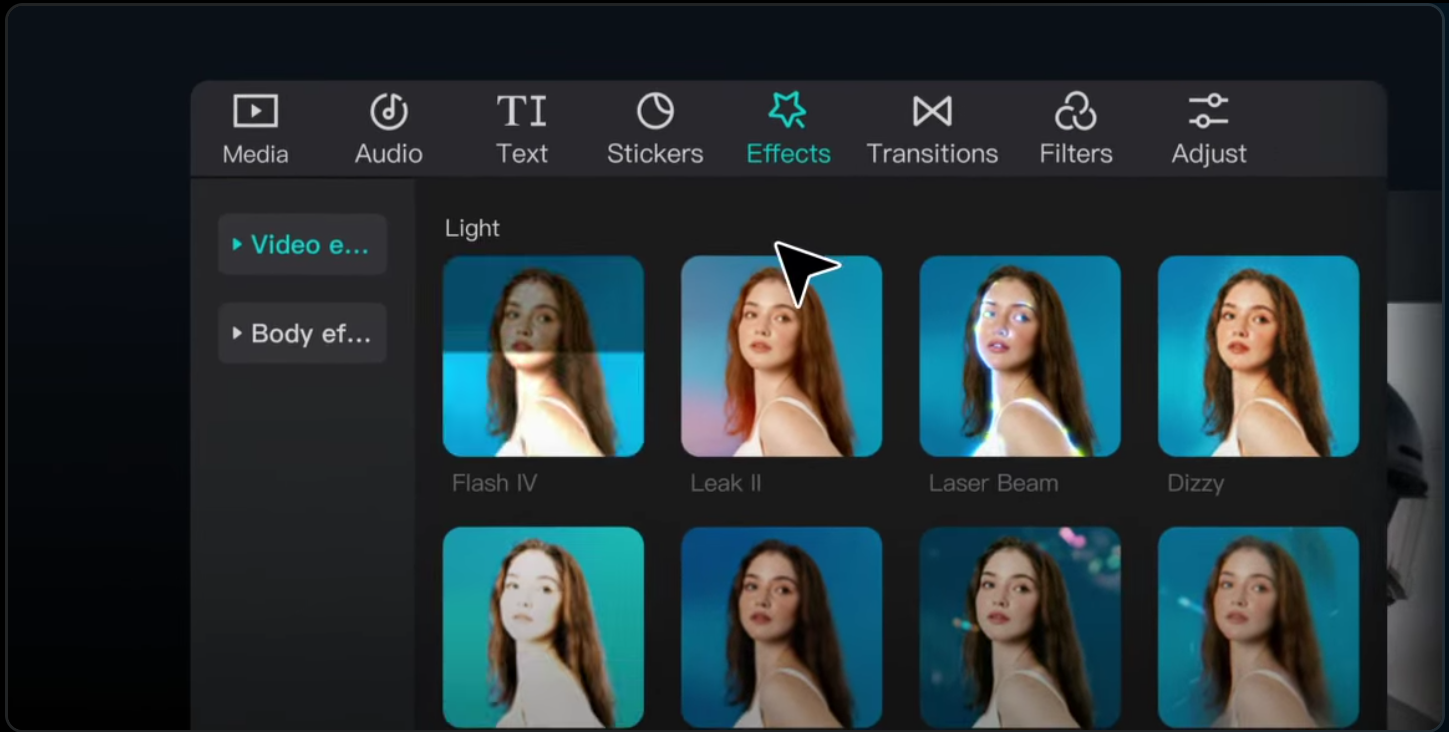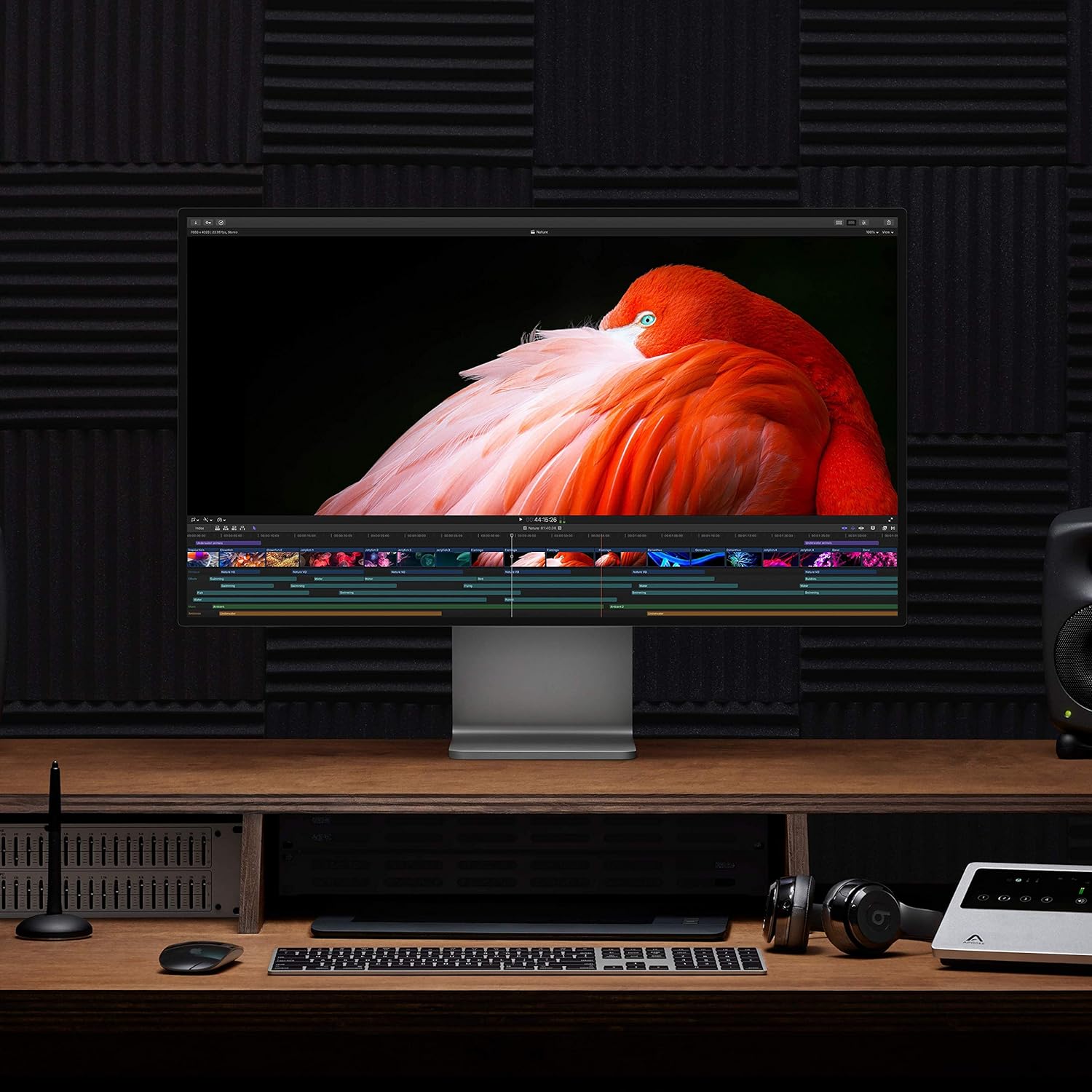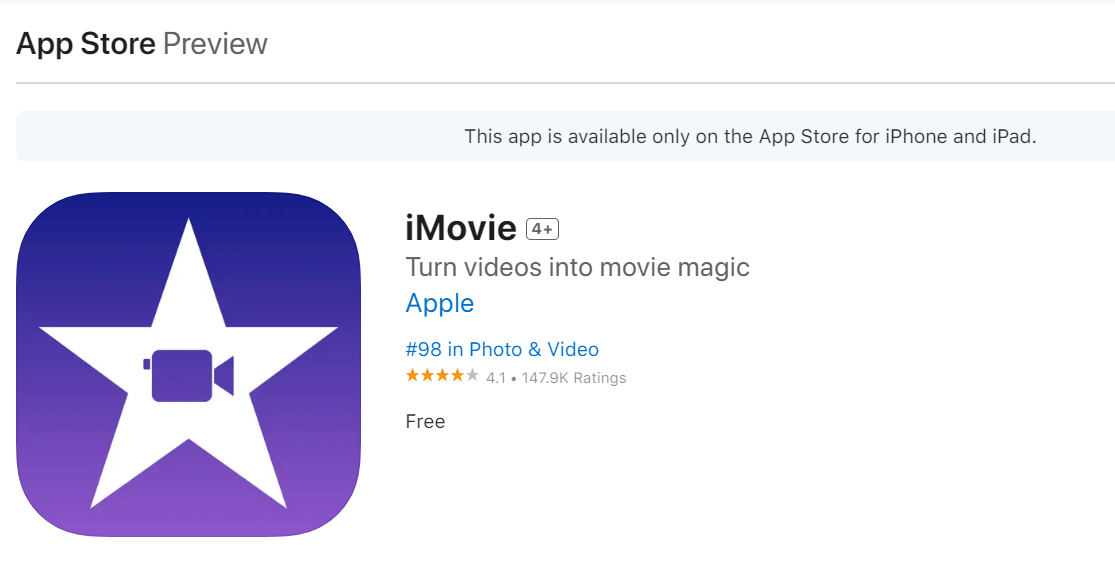When the corona quarantine began in the USA, Harmon Brothers, the renowned creative agency specializing in “funny” ads, offered free access to their online course, “Create a Great Sales Script.” Intrigued by their exceptional work, we couldn’t pass up this opportunity. In this blog article, we delve into Harmon Brothers’ tried-and-tested structure that underpins their successful sales scripts. Regardless of what you’re selling or who your target audience is, this structure can transform your ad campaigns. Join us as we explore the impact of video advertising, the significance of simplicity and clarity, and the essential steps of the Harmon Brothers‘ script structure. Prepare to revolutionize your approach to writing and selling your product or service. (Disclaimer: We have no financial interests with Harmon Brothers; we are simply ardent admirers!)
Let’s start with data:
Before diving into the sales script structure, let’s take a glance at some intriguing statistics surrounding video advertising:
– 72% of people would prefer to learn about your product from a video.
– 40% of internet users take some kind of action after watching a video ad.
– 80% of marketers are satisfied with the return on investment they get from video ads.
Simplicity & Clarity:
The Keys to Effective Scripts: Regardless of how brilliant an ad may be, lackluster products won’t generate long-term sales. Confusing the customer is the cardinal sin to avoid. People work hard for their money and need to feel confident when making purchases. Many advertisers, instead of focusing on potential customers, become lost in the details of their scripts. This results in ads that confuse and frustrate audiences, failing to maintain clarity.
The Art of Clear Communication:
To ensure customers aren’t left perplexed, Harmon Brothers created a structured approach that they implement in every ad they produce. Regardless of your product or target audience, employing this structure effectively will leave viewers understanding your offering, its functionality, and why they should buy it.
“If you confuse, you loose.”
Donald Miller
Breaking Down the Structure: Here are the basic steps in Harmon Brothers’ structure, which we’ll explore in more depth:
- The Hook: Grab their attention. Grab your viewer’s attention and set up for the rest of the video.
- The Problem: Help them feel the pain. Identify your viewer’s problems and motivate them to find a solution.
- The Solution: Show how your product alleviates the pain. Present your product or services as the solution to your viewer’s problem.
- The Call to Action: Ask them to buy. Ask for the sale directly & clearly – tell them what to do.
- Doubts & Credibility: Resolve concerns and establish trust. Resolve common concerns and establish authority.
- The Second Call to Action: Provide a reminder. You have resolved their concern, now what should they do?
- The Outro: Conclude the ad and encourage action. Conclude the ad by giving them time to take action before it ends.
Become a Filmmaker FREE eBook
In this Free 99 pages PDF file, you will find:
✔️ Camera Settings
✔️ Lighting
✔️ Directing
✔️ Post-Production
✔️ Website & online presence
✔️ and more

Why should people watch your ad?
Sales script structure:
-
HOOK: Stand Out from the Crowd In a world flooded with ads and content, it’s crucial to make your mark. Your HOOK represents the 3 to 5 most critical seconds of your entire ad. During this short span, you must capture your audience’s attention and make a lasting impression.
-
PROBLEM: Address the Pain People purchase products because they have problems that need solutions. Just like opting for a microwave to quickly heat up leftovers, you need to convey to viewers that they have a problem. Remind them of the pain or frustration associated with it, and then motivate them to consider your solution. Until audiences realize they have a problem that needs solving, they won’t truly care about your solution.
-
SOLUTION: Present the Answer Once your audience acknowledges the problem, it’s time to introduce your SOLUTION. What is your product? How does it work? How does it effectively solve the problem? Show viewers how their lives will improve by owning your product. Your task is to make people look at your offering and think, “Yes, that will solve my problem.” When viewers have this response, you have successfully sold them on your solution. There should be no confusion or uncertainty—just a decision on whether they are willing to make a purchase.
-
CALL TO ACTION: Ask for the Sale Many businesses invest heavily in creating ads, only to neglect the critical step of asking viewers to buy the product. Don’t fall into this trap. Make a clear and direct Call to Action (CTA) in your script. Without a CTA, potential customers may feel confused or frustrated, and confusion never leads to sales. Make it easy for them to take the next step.
-
DOUBTS & CREDIBILITY: Build Trust To assure customers that they’re making smart and rational decisions by purchasing your product, you need to address any doubts and establish credibility. There are several effective ways to accomplish this, such as incorporating authoritative sources (news publications, high-star reviews, endorsements from famous individuals) or sharing testimonials. Employ any means necessary to build customer trust and make them truly believe that you are telling the truth.
-
SECOND CALL TO ACTION (again): Provide a Gentle Reminder Some people need an extra nudge or a subtle reminder. Including a second Call to Action in your ad can be highly effective in reinforcing the message and encouraging viewers to take action.
-
OUTRO: Facilitate Action Give your audience the time and space to act upon what they’ve seen in your ad. Your OUTRO should be engaging enough to hold their attention without being distracting. Keep the focus on clicking your link or engaging with your product. This final moment is crucial for driving conversions.
The Power of Benefits Over Features
When it comes to selling your product or creating an ad for your clients, one crucial aspect often gets overlooked: focusing on the benefits. While features provide valuable information, it’s the benefits that truly sell.
Benefits create an emotional connection with your audience, allowing them to envision how your product or service can enhance their lives. By highlighting the positive outcomes and experiences that your offering can deliver, you tap into the desires and aspirations of your target market.
Let’s take a moment to examine a remarkable example of a benefit-focused ad: Apple’s AirPods. In this captivating ad,
the emphasis is not on technical specifications but on how wearing AirPods makes you feel. It evokes a sense of freedom, convenience, and elevated experiences, showcasing the transformative power of the product.
When someone finishes watching your ad, you don’t want them to think, “Wow, that product has a lot of great features.” Instead, you want them to be captivated by the idea that their lives would be significantly improved by owning your product. Benefits sell the vision and the outcome, leaving a lasting impact on viewers.
While we’ve touched upon the importance of benefits over features, there’s so much more to explore on this subject. In our opinion, this serves as a fundamental principle for effective advertising. However, if you’re eager to delve deeper and unlock the full potential of benefit-driven marketing, we highly recommend exploring the Harmon Brothers’ course, Sales script structure.
In conclusion, remember that benefits sell while features merely inform. By understanding the profound impact of benefits on your audience, you can create ads that inspire and resonate. Embrace the power of benefits and unlock the full potential of your advertising efforts.
Thank You for reading!
Become a Filmmaker FREE eBook
In this Free 99 pages PDF file, you will find:
✔️ Camera Settings
✔️ Lighting
✔️ Directing
✔️ Post-Production
✔️ Website & online presence
✔️ and more


Video Editing Tips CapCut: Tips, Tricks, and Techniques
Video editing is an art, and there are proper tools and techniques, through them everybody can make a masterpiece. CapCut is a free video editing app that truly shines among an already overcrowded market of tools, suitable for beginners or seasoned editors. From letting your text float over your hand to making a video that… Read More »Video Editing Tips CapCut: Tips, Tricks, and Techniques

Factors to Consider Before Buying a Video Editing Computer
From helping grow your brand and business to editing just for fun with the love entailed in this process, the last thing you want in video editing is a computer choking your creativity with constant crashes, laggy playback, and endless hours of video export time. In this blog, we’ll help you pick a video editing… Read More »Factors to Consider Before Buying a Video Editing Computer

Best Video Editing Monitors in 2024
In the evolving world of video production, the importance of a high-quality monitor cannot be overstated. Whether you are a beginner learning the ropes or have been around the block a time or two perfecting your craftsmanship, a good monitor is as crucial as the final product falls in line with what its creator had… Read More »Best Video Editing Monitors in 2024

How to Edit Videos on iPhone Using iMovie
Editing videos on an iPhone has never been easier, thanks to the intuitive and free iMovie app. If you want to slap together a montage from your recent vacation or craft a professional-grade video project, iMovie packs all the tools you need under one roof to make a masterpiece. This detailed guide takes you… Read More »How to Edit Videos on iPhone Using iMovie